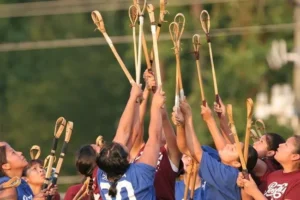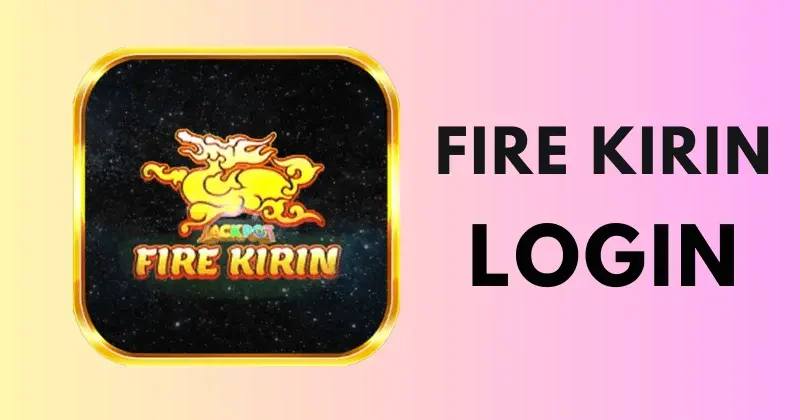Unveiling Indigenous North American Stickball: A Cultural Legacy

Introduction
Indigenous North American Stickball stands as a testament to the cultural richness and ceremonial significance embedded in the traditions of Native American communities. Rooted deep in history, this ancient game carries tales of skill, teamwork, and spiritual connections. In this exploration, we delve into the captivating world of Indigenous North American Stickball, uncovering its origins, cultural roots, and the profound impact it continues to have on indigenous communities.
I. Origins of Indigenous North American Stickball
The history of Indigenous North American Stickball dates back centuries, tracing its roots to various Native American tribes. It is more than just a game; it is a sacred tradition passed down through generations, reflecting the spiritual beliefs and communal bonds of indigenous peoples. By understanding its origins, we gain insight into the profound cultural legacy encapsulated in the game.
II. Cultural Roots and Symbolism
Indigenous North American Stickball as a Ceremonial Rite
The game transcends mere recreation; it is a ceremonial rite that holds immense cultural significance. Played during festivals, celebrations, and spiritual gatherings, Stickball serves as a medium to honor ancestors, invoke spirits, and strengthen the ties that bind indigenous communities together.
Symbolic Elements in Indigenous North American Stickball
Each aspect of the game carries symbolic meaning. The sticks, crafted with precision and adorned with symbols, represent more than just tools of play—they embody the spiritual connection between the players and the forces that govern the natural world. Exploring these symbolic elements unveils a layer of depth that extends beyond the playing field.
III. Regional Variations and Diversity
The Diverse Landscape of Indigenous North American Stickball
As we navigate through the cultural mosaic of North America, we encounter various regional variations of Stickball. From the Choctaw to the Cherokee, each tribe has infused its unique identity into the game, resulting in diverse playing styles, rules, and rituals.
Influence of Geography on Stickball Traditions
Geography plays a pivotal role in shaping the nuances of Stickball. Whether played on open fields or within confined spaces, the terrain impacts the strategies employed and the spiritual undertones of the game. By examining these regional distinctions, we gain a holistic understanding of the game’s adaptability and resilience.
IV. Contemporary Significance and Challenges
Preserving Indigenous North American Stickball
In the face of modernization and cultural shifts, indigenous communities strive to preserve the integrity of Stickball. Organizations and individuals dedicated to cultural preservation work tirelessly to ensure that this ancestral legacy continues to thrive, passing on its teachings to younger generations.
Challenges Faced by Indigenous North American Stickball
Despite its resilience, Stickball faces challenges in the contemporary world. Issues such as cultural appropriation, limited resources, and the encroachment of urbanization pose threats to the continuity of this sacred game. Addressing these challenges is crucial to safeguarding the cultural heritage embedded in Indigenous North American Stickball.
V. Revitalization Efforts and Community Impact
Revitalizing Indigenous North American Stickball
Communities and organizations are actively engaged in revitalization efforts, recognizing the pivotal role that Stickball plays in preserving cultural identity. Tournaments, workshops, and educational initiatives contribute to the resurgence of interest in the game, fostering a sense of pride and unity among indigenous peoples.
Community Impact Beyond the Playing Field
The impact of Indigenous North American Stickball extends far beyond the boundaries of the game itself. It serves as a source of empowerment, promoting physical well-being, teamwork, and cultural resilience. By examining the broader community impact, we appreciate the multi-faceted role Stickball plays in indigenous societies.
Conclusion
In conclusion, Indigenous North American Stickball is not merely a game; it is a cultural legacy that transcends time and space. By unveiling its rich history, cultural roots, and contemporary significance, we gain a profound appreciation for the spiritual connections, symbolism, and community bonds it fosters. As we celebrate this ancient tradition, let us acknowledge its resilience and honor the indigenous communities that continue to preserve and pass on the legacy of Stickball.





